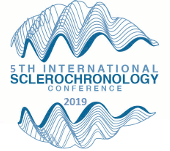Invited Speakers
Biomineralization
Keynote: Antonio Checa
University of Granada, Spain
Dr. Antonio Checa is full Professor of Paleontology at the Department of Stratigraphy and Paleontology, University of Granada, Granada, Spain. He graduated in 1979 and received his PhD in Geology in 1984 from the University of Granada. Since 2000 he has been Full Professor of Paleontology at the same university. Some 20 years ago he began to be interested in the biomineralization of molluscs, which is the group with the greatest diversity of aragonite and calcite microstructures. With time, this study has extended to other groups such as brachiopods, foraminifers, and bryozoans. His approach is relatively wide, including the interaction of the soft parts with the shell, the crystallography, and the physics underlying the formation of such biomineral aggregates. The main goal behind this research strategy is to determine the physical and biological controls acting on the organization of the shell microstructures, i.e. the fabricational strategies followed by the organisms, as the way to evaluate the possibilities for a future biomimicking of such highly functional hard biomaterials.
Climate and Oceans: Past, Present and Future
Keynote: Bryan Black
Laboratory of Thre-Ring Research, University of Arizona, USA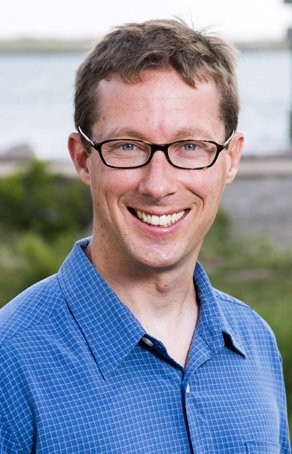
Dr. Bryan Black applies dendrochronology techniques to growth increments formed in the hard parts of marine and freshwater species including fish, bivalves, and corals. These aquatic chronologies are used to establish long-term patterns in productivity and their relationships to climate, quantify long-term impacts of human activities, and hind-cast climate prior to the start of instrumental records. They are also combined across species to describe linkages among marine, freshwater, and terrestrial ecosystems or to generate multi-proxy climate histories. Originally trained as a forest ecologist, Bryan also maintains interests in developing histories of forest disturbance and natural hazards including landslides and earthquakes.
Environmental Biomonitoring & Entrepreneurship
Keynote: Karin E. Limburg
College of Environmental Science and Forestry, USA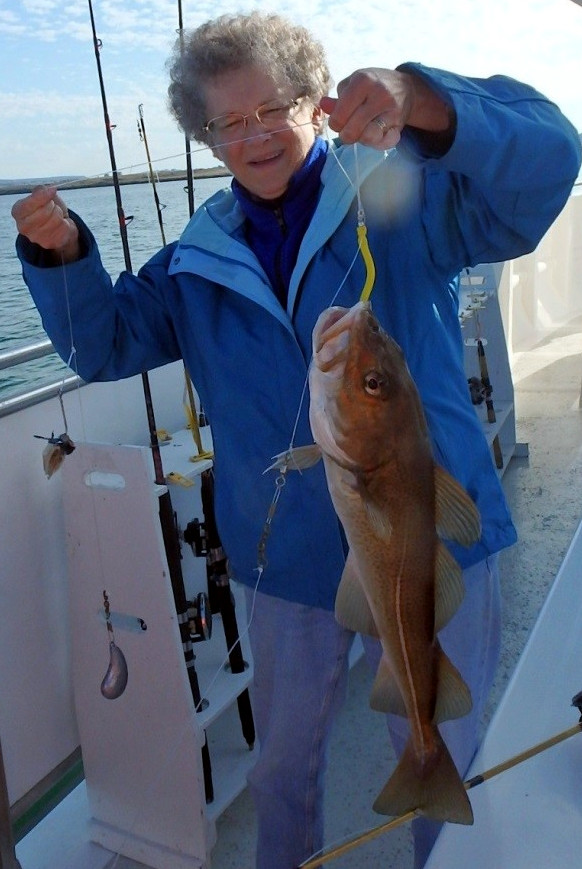
Dr. Karin Limburg is a Professor of Fisheries and Ecosystem Science at the State University of New York College of Environmental Science and Forestry. She is also a Visiting Professor at the Department of Aquatic Resources, Swedish University of Agricultural Sciences. Ever since her PhD student days, Karin has studied fishes and their ecosystems with the aid of fish otoliths, including not only to age fish, but also to study and interpret their chemical constituents. Limburg has used otolith chemistry to understand complex, lifetime histories of migratory species; to understand exposure to and impacts of hypoxia; and to understand exposure to other environmental contaminants, sometimes in conjunction with other biogeochemical tracers.
Fisheries Ecology and Management
Keynote: Steve E. Campana
School of Engineering and Natural Sciences, University of Iceland, Iceland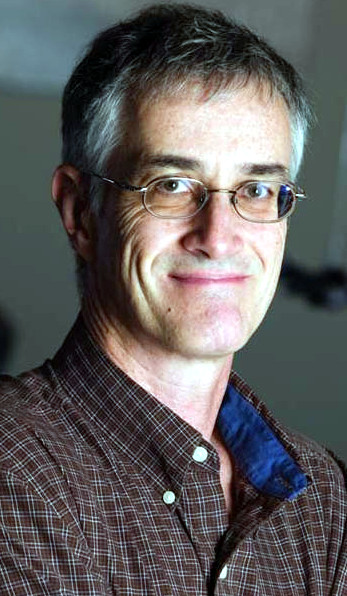
Although Dr. Steve Campana headed up the Otolith Research Laboratory at the Bedford Institute of Oceanography in Canada for 32 years, he is currently working as a Professor at the University of Iceland. His research interests lie in the population dynamics of sharks and other fishes, with particular emphasis on the development of new technologies and concepts in support of age determination, stock discrimination and fish tracking.
Growth, Bioenergetics and Ecosystems
Keynote: Peter Grønkær
Department of Biociences, Aarhus University, Denmark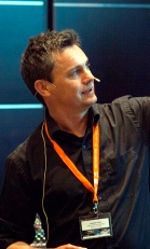
Dr. Peter Grønkjær is an Associate Professor in Marine and Fisheries Ecology. He obtained his PhD in Marine Ecology from Department of Biological Sciences at Aarhus University. After which he went on to a post-doc position at Queen’s University, Kingston, Ontario, under the supervision of Bill Leggett. Peters interest in how the environment impacts the ecology of fishes has led to research in topics ranging from the ecophysiology of zebra fish larvae to winter-migrations of cyprinids. However, the use of otoliths as proxies for growth, metabolism and size has been common to most of his projects. Recently, focus has been on the microchemistry otoliths and bivalves, where Peter has explored stable carbon and nitrogen isotopes from the organic matrix of otoliths and bivalve shells to investigate food web structure. He is now engaged in developing methods to estimate fish metabolic rates from carbon isotopes in the otolith aragonite.
Paleoecology and Evolution
Keynote: Linda C. Ivany
Syracuse University, USA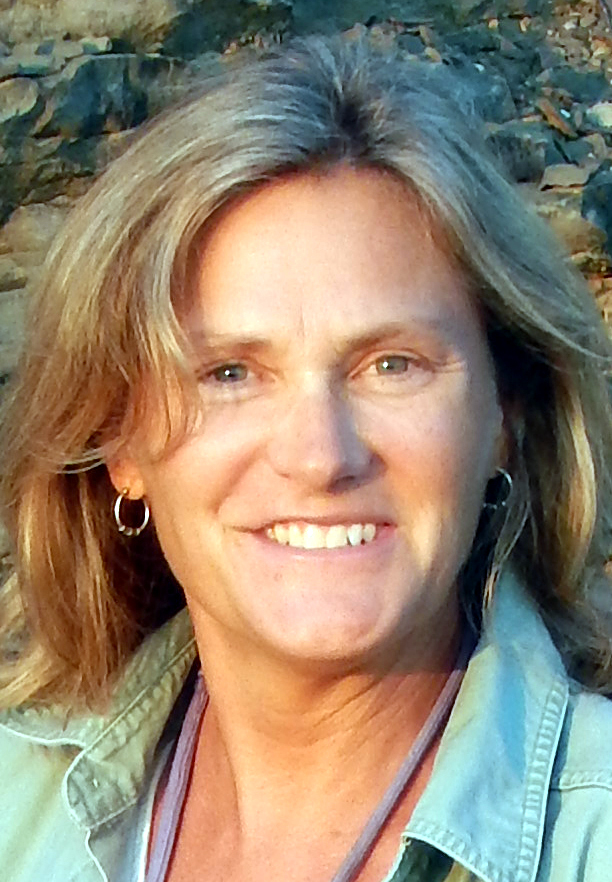
Dr. Linda C. Ivany is Professor of Earth Sciences at Syracuse University. Her research lies at the intersection of paleoecology and paleoclimatology. She works mainly on fossil mollusks, particularly those from the US Gulf Coastal Plain and Antarctica, and is broadly interested in relationships among ecology, evolution, and environment. Much of her work uses the chemistry of accretionary skeletons (e.g., shells, coral, teeth) to understand the growth and life histories of organisms and the temperature and seasonality of ancient environments through time. She is particularly interested in times of greenhouse climates in Earth’s distant past, and uses fossils to constrain their conditions. Ivany received her PhD from Harvard University and was a Michigan Society Fellow at the University of Michigan in Ann Arbor for 3 years before moving to Syracuse in 2000. She is a Fellow of the Paleontological Society and the Geological Society of America.
Proxy Development: Challenges and Opportunities
Keynote: David P. Gillikin
Department of Geology, Union College, USA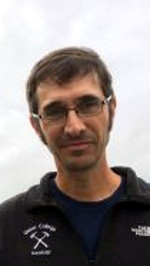
Dr. David P. Gillikin is a Professor of Geology and Director of the Environmental Science, Policy and Engineering program at Union College (New York). He holds a B.S. in Environmental Geology from the State University of New York at New Paltz, and an M.Sc. and Ph.D. from the Vrije Universiteit Brussel (Belgium). Dr. Gillikin’s research is focused on the validation of bivalve shell geochemistry as a proxy of environmental and climate change. His recent work also involves speleothem geochemistry, lake core records, aquatic (freshwater, estuarine, and marine) biogeochemistry, and chemical dendrochronology.
Sclerochronology and Human-Environmental Interactions: Past and Present
Keynote: Amy L. Prendergast
School of Geography, University of Melbourne, Australia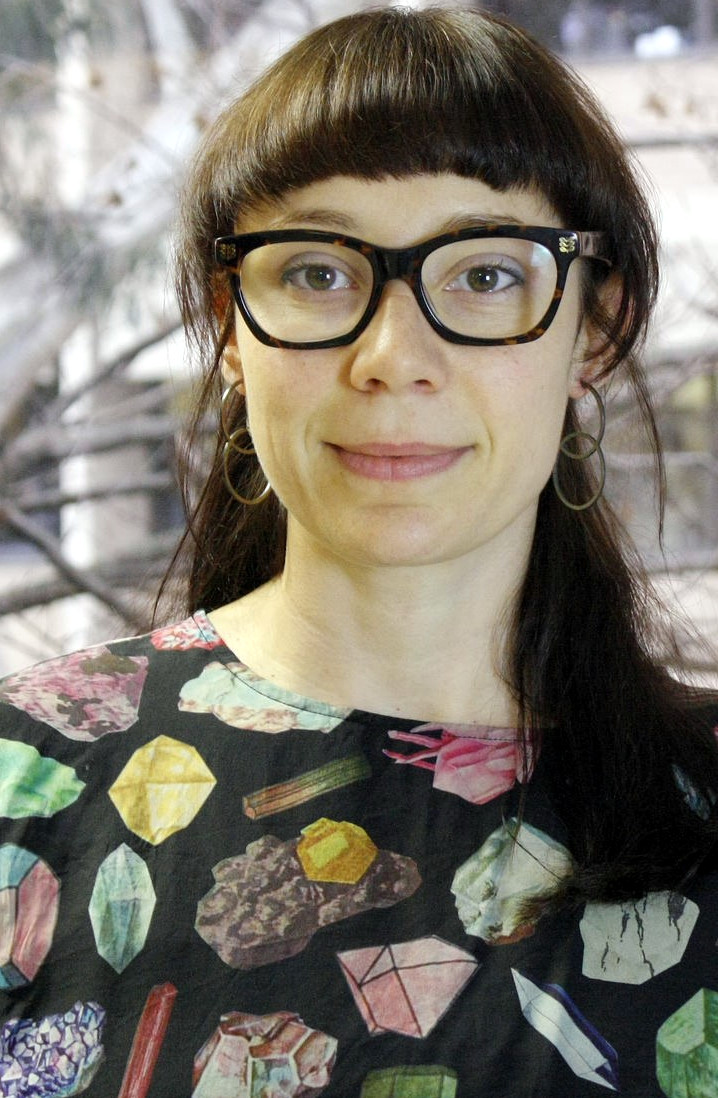
Dr. Amy L. Prendergast is a lecturer and McKenzie Fellow at the University of Melbourne in Australia. She completed her PhD at the University of Cambridge in 2014 and was an Alexander von Humboldt Postdoctoral Fellow in the INCREMENTS group at the University of Mainz from 2014 to 2016. She applies sclerochronology to archaeological mollusc shells to reconstruct human-environment interaction and seasonal foraging patterns. Her research involves modern calibration as well as palaeoenvironmental reconstruction. Amy works on archaeological material from across the Mediterranean, Southeast Asia, and Australia, with a focus on characterising the responses of humans and our hominin ancestors to environmental change over the past 2 million years.
